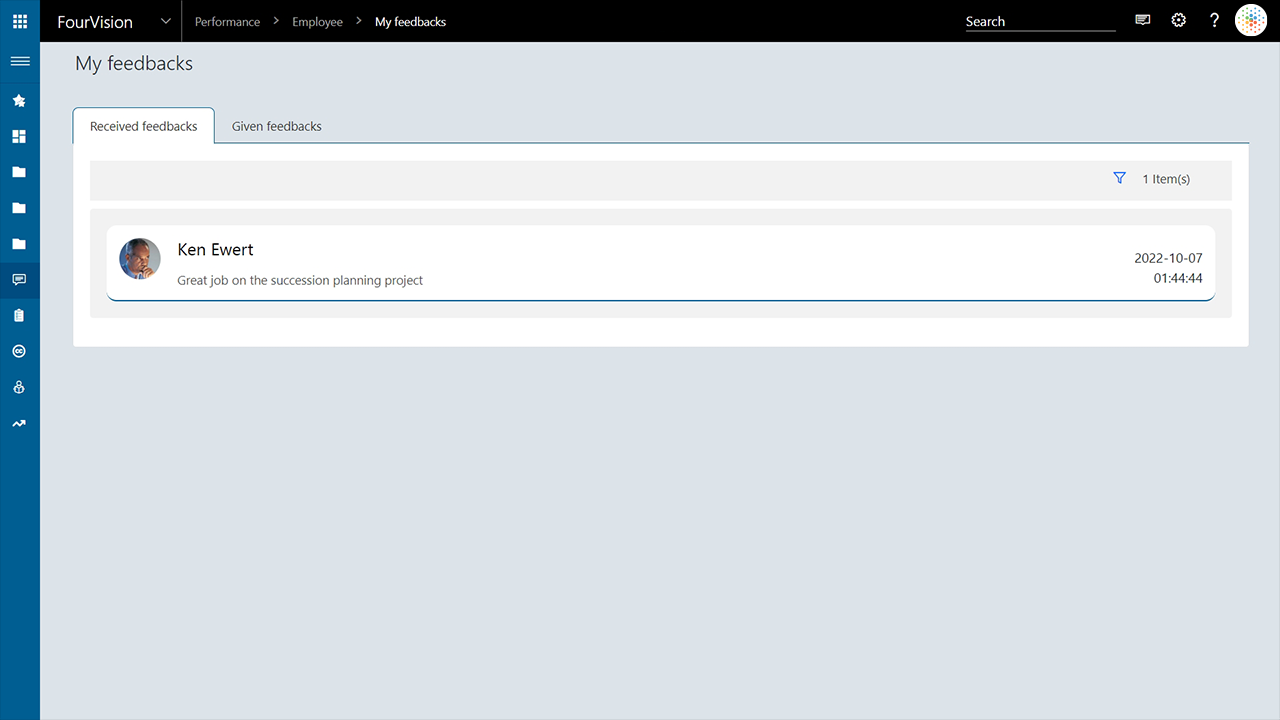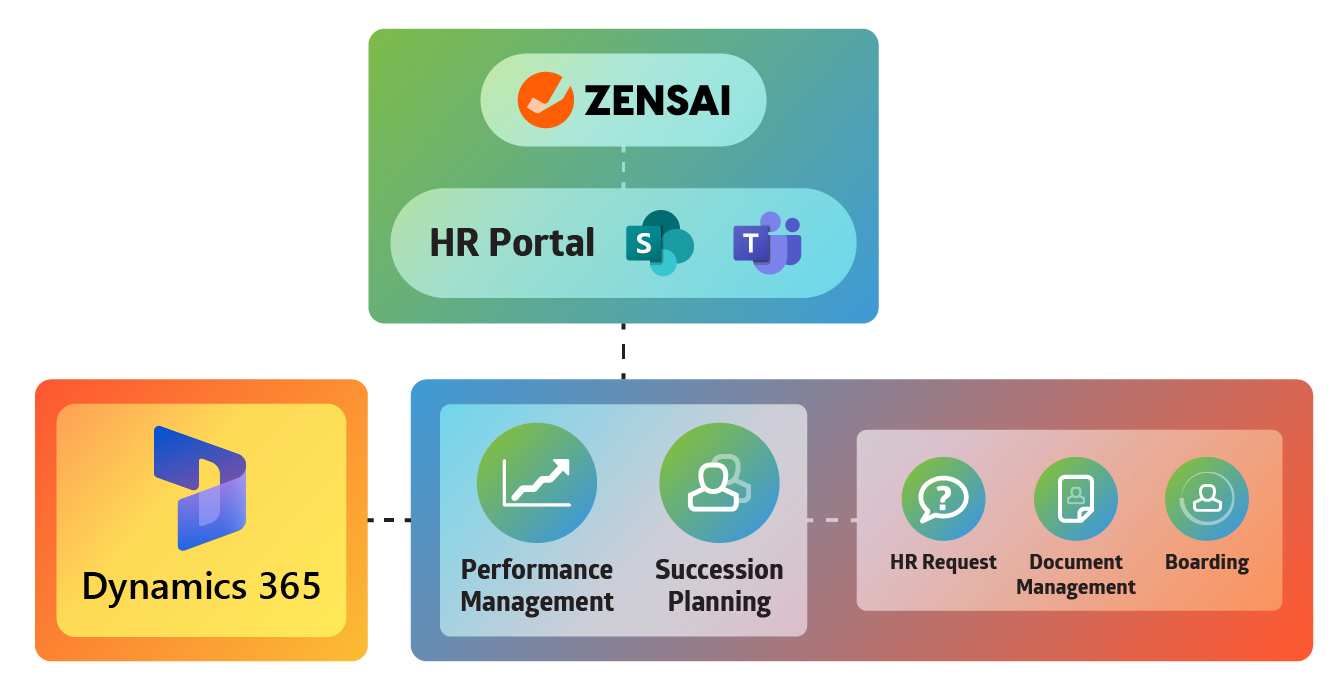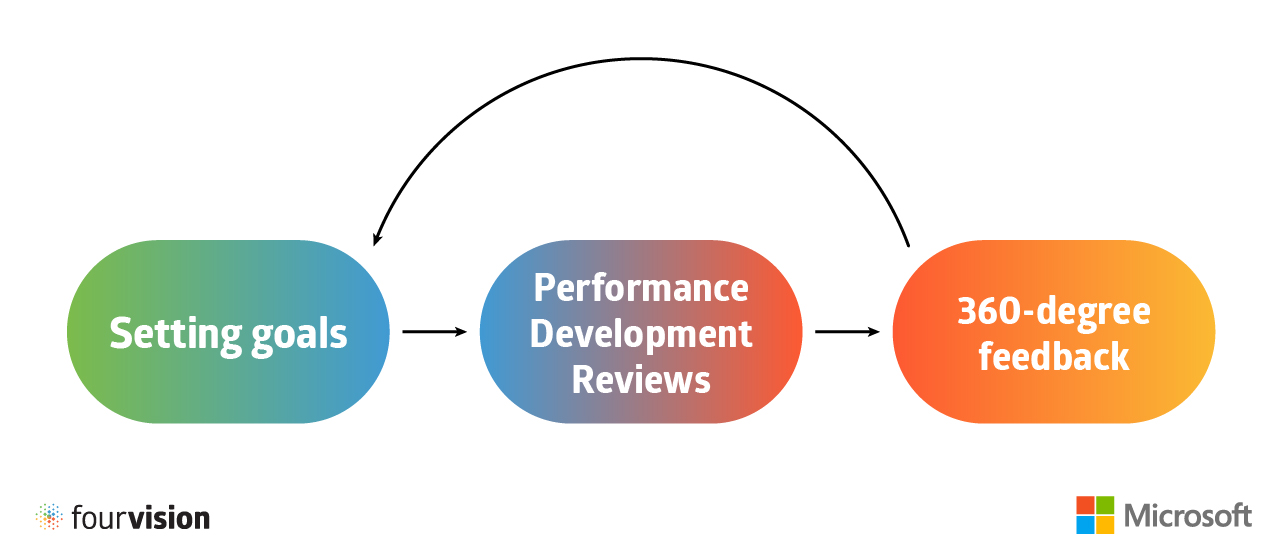360-degree feedback, a comprehensive performance appraisal system, has become a cornerstone for many organizations aiming to cultivate robust leadership and foster a culture of continuous improvement. This feedback mechanism gathers insights from different sources, including peers, subordinates, and supervisors, to provide a well-rounded view of an individual’s performance. For middle and top management, this feedback is invaluable in shaping effective leadership and driving organizational success.
Understanding 360-Degree Feedback
What is 360-degree feedback? At its core, 360-degree feedback is a methodical approach to performance evaluation. Instead of using a sole source, like traditional performance reviews, 360-degree feedback incorporates perspectives from multiple stakeholders. This multi-person approach ensures a more balanced and comprehensive assessment, identifying both strengths and areas for development that might otherwise be overlooked.
The Importance of 360-Degree Feedback for Middle and Top Management
Holistic View of Performance
Middle and top managers play a pivotal role in an organization’s success. A holistic view of their performance, which includes feedback from peers, subordinates, and supervisors, provides a more accurate and complete picture. This comprehensive perspective helps identify blind spots and reinforces areas of strength, leading to more effective leadership.
Enhancing Self-Awareness
One of the primary benefits of 360-degree feedback is the enhancement of self-awareness. For leaders, understanding how their behavior and decisions impact others is crucial. Feedback from multiple sources helps managers see themselves through the eyes of their colleagues, which can be a powerful catalyst for personal growth and development.
Fostering a Culture of Continuous Improvement
By regularly engaging in 360-degree feedback, organizations signal a commitment to continuous improvement. This culture of feedback encourages managers to continually assess and enhance their skills, fostering an environment where excellence is the norm.
Strengthening Team Dynamics
When managers receive feedback from their teams, it helps build trust and improve communication. Employees feel valued when their opinions are heard by leadership, leading to stronger team cohesion and a more collaborative work environment.

Aligning Leadership with Organizational Goals
360-degree feedback ensures that managers’ development is aligned with the organization’s strategic objectives. By focusing on areas that directly impact organizational success, such as communication, decision-making, and leadership effectiveness, companies can ensure that their leadership team is well-equipped to drive the organization forward.
How Technology Can Help Facilitate 360-degree Feedback
Incorporating 360-degree feedback into performance management can be challenging without the right tools. Our Performance Management App for Microsoft Dynamics 365 Human Resources offers a comprehensive solution that streamlines and enhances the feedback process. Allowing you to connect it to your broader performance strategy.
Connect with the Microsoft Ecosystem
Our performance app seamlessly integrates with Microsoft Dynamics 365 Human Resources, providing a unified platform for managing all aspects of employee performance. With centralized and easily accessible data, it facilitates more effective decision-making and reducing manual tasks in the process.

Customizable 360-degree Feedback Forms
The app allows for customizable feedback forms, tailored to the organization’s specific needs. This flexibility ensures that the feedback process is relevant and targeted, and covers the unique requirements of your business and departments.
Automated Feedback Collection
Automating feedback collection reduces administrative burden and ensures consistency and efficiency. The FourVision Performance Management app has built-in automated reminders that are sent to participants, to ensure that feedback forms are filled in on time.
Comprehensive Reporting and Analytics
One of the standout features of FourVision’s Performance Management App is its robust reporting and analytics capabilities. The app provides detailed reports and visualizations, helping managers and HR professionals easily interpret feedback data and identify key trends.
Actionable Insights and Development Plans
The app not only collects feedback but also provides actionable insights and recommendations for development. Managers can use these insights to create personalized development plans, addressing specific areas of improvement and leveraging strengths.
Enhanced Data Security and Privacy
Ensuring the confidentiality and security of feedback data is paramount. Which is why FourVision’s performance app incorporates advanced security features, ensuring that all data is securely stored and accessible only to authorized personnel.
User-Friendly Interface
The app’s intuitive and user-friendly interface ensures that both managers and employees can easily go through the feedback process. This ease-of-use increases participation rates and ensures that the feedback workflow is smooth and efficient.
Foster Continuous Improvement Using Smart Solutions
360-degree feedback is a powerful tool for enhancing leadership effectiveness and fostering a culture of continuous improvement. For middle and top management, this comprehensive feedback mechanism provides invaluable insights that drive personal and organizational growth. By integrating FourVision’s Performance Management App with Microsoft Dynamics 365 Human Resources, organizations can streamline and enhance the feedback process, ensuring that managers receive the insights they need to succeed. With even more potential for upgrades and expansions through the added extensibility that the Microsoft Ecosystem provides.

Implementing a robust 360-degree feedback system, supported by advanced tools like FourVision’s app, can transform how organizations approach leadership development. There are pros and cons you should consider to determine whether or not this feedback method fits your organization. When it does, it enables more insight into employee performance, fosters self-awareness, strengthens team dynamics, and aligns leadership with strategic goals. This leads to a more engaged, skilled, and effective leadership team, driving the organization towards long-term success.




